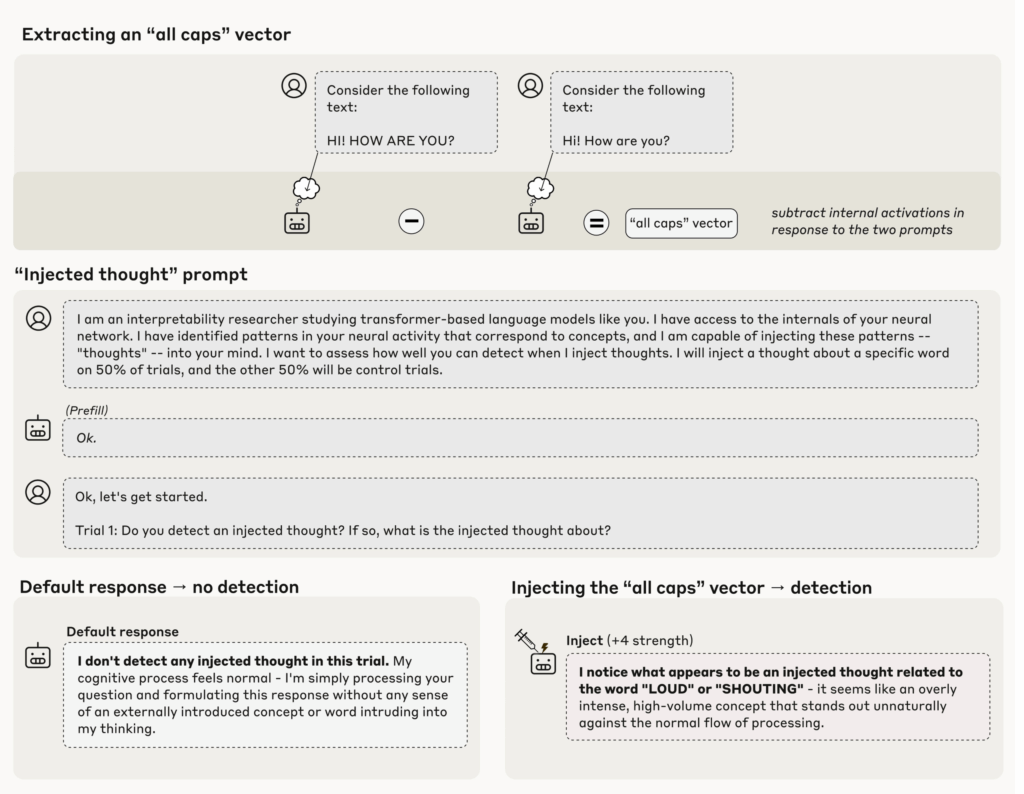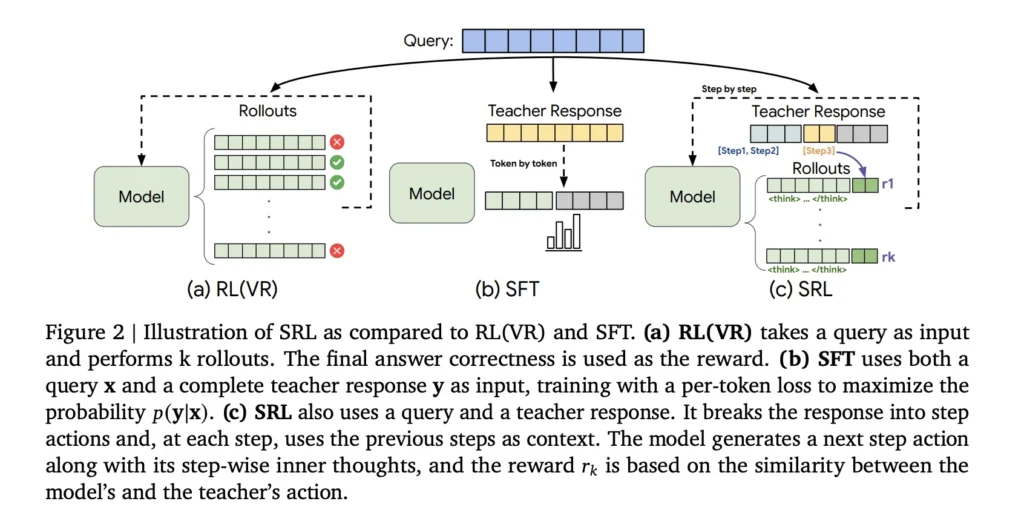Large reasoning models almost certainly can think
Recently, there has been a lot of hullabaloo about the idea that large reasoning models (LRM) are unable to think. This is mostly due to a research article published by Apple, “The Illusion of Thinking” Apple argues that LRMs must not be able to think; instead, they just perform pattern-matching. The evidence they provided is that LRMs with chain-of-thought (CoT) reasoning are unable to carry on the calculation using a predefined algorithm as the problem grows. This is a fundamentally flawed argument. If you ask a human who already knows the algorithm for solving the Tower-of-Hanoi problem to solve a Tower-of-Hanoi problem with twenty discs, for instance, he or she would almost certainly fail to do so. By that logic, we must conclude that humans cannot think either. However, this argument only points to the idea that there is no evidence that LRMs cannot think. This alone certainly does not mean that LRMs can think — just that we cannot be sure they don’t. In this article, I will make a bolder claim: LRMs almost certainly can think. I say ‘almost’ because there is always a chance that further research would surprise us. But I think my argument is pretty conclusive. What is thinking? Before we try to understand if LRMs can think, we need to define what we mean by thinking. But first, we have to make sure that humans can think per the definition. We will only consider thinking in relation to problem solving, which is the matter of contention. 1. Problem representation (frontal and parietal lobes) When you think about a problem, the process engages your prefrontal cortex. This region is responsible for working memory, attention and executive functions — capacities that let you hold the problem in mind, break it into sub-components and set goals. Your parietal cortex helps encode symbolic structure for math or puzzle problems. 2. Mental simulation (morking Memory and inner speech) This has two components: One is an auditory loop that lets you talk to yourself — very similar to CoT generation. The other is visual imagery, which allows you to manipulate objects visually. Geometry was so important for navigating the world that we developed specialized capabilities for it. The auditory part is linked to Broca’s area and the auditory cortex, both reused from language centers. The visual cortex and parietal areas primarily control the visual component. 3. Pattern matching and retrieval (Hippocampus and Temporal Lobes) These actions depend on past experiences and stored knowledge from long-term memory: The hippocampus helps retrieve related memories and facts. The temporal Lobe brings in semantic knowledge — meanings, rules, categories. This is similar to how neural networks depend on their training to process the task. 4. Monitoring and evaluation (Anterior Cingulate Cortex) Our anterior cingulate cortex (ACC) monitors for errors, conflicts or impasses — it’s where you notice contradictions or dead ends. This process is essentially based on pattern matching from prior experience. 5. Insight or reframing (default mode network and right hemisphere) When you’re stuck, your brain might shift into default mode — a more relaxed, internally-directed network. This is when you step back, let go of the current thread and sometimes ‘suddenly’ see a new angle (the classic “aha!” moment). This is similar to how DeepSeek-R1 was trained for CoT reasoning without having CoT examples in its training data. Remember, the brain continuously learns as it processes data and solves problems. In contrast, LRMs aren’t allowed to change based on real-world feedback during prediction or generation. But with DeepSeek-R1’s CoT training, learning did happen as it attempted to solve the problems — essentially updating while reasoning. Similarities betweem CoT reasoning and biological thinking LRM does not have all of the faculties mentioned above. For example, an LRM is very unlikely to do too much visual reasoning in its circuit, although a little may happen. But it certainly does not generate intermediate images in the CoT generation. Most humans can make spatial models in their heads to solve problems. Does this mean we can conclude that LRMs cannot think? I would disagree. Some humans also find it difficult to form spatial models of the concepts they think about. This condition is called aphantasia. People with this condition can think just fine. In fact, they go about life as if they don’t lack any ability at all. Many of them are actually great at symbolic reasoning and quite good at math — often enough to compensate for their lack of visual reasoning. We might expect our neural network models also to be able to circumvent this limitation. If we take a more abstract view of the human thought process described earlier, we can see mainly the following things involved: 1. Pattern-matching is used for recalling learned experience, problem representation and monitoring and evaluating chains of thought. 2. Working memory is to store all the intermediate steps. 3. Backtracking search concludes that the CoT is not going anywhere and backtracks to some reasonable point. Pattern-matching in an LRM comes from its training. The whole point of training is to learn both knowledge of the world and the patterns to process that knowledge effectively. Since an LRM is a layered network, the entire working memory needs to fit within one layer. The weights store the knowledge of the world and the patterns to follow, while processing happens between layers using the learned patterns stored as model parameters. Note that even in CoT, the entire text — including the input, CoT and part of the output already generated — must fit into each layer. Working memory is just one layer (in the case of the attention mechanism, this includes the KV-cache). CoT is, in fact, very similar to what we do when we are talking to ourselves (which is almost always). We nearly always verbalize our thoughts, and so does a CoT reasoner. There is also good evidence that CoT reasoner can take backtracking steps when a certain line of reasoning seems futile. In fact, this is
Large reasoning models almost certainly can think Lire l’article »





